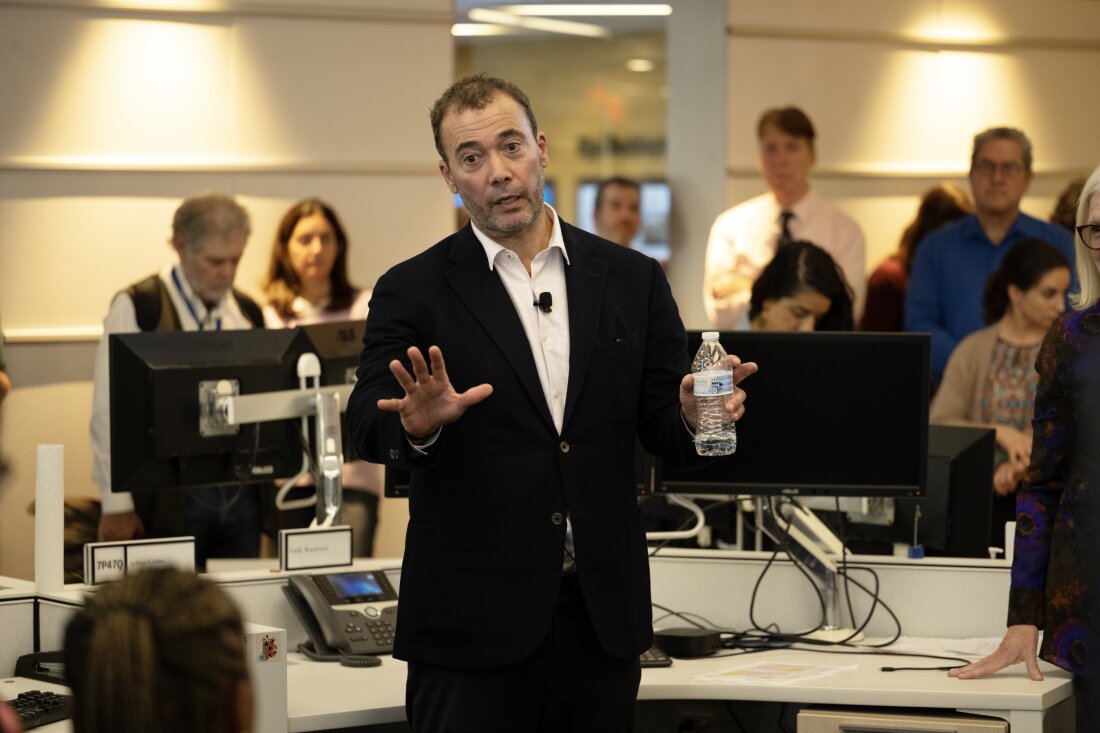Bajaj Auto Adjusts Two-Wheeler Growth Projections Amid Declining Sales Trends
Bajaj Auto, one of India’s leading motorcycle manufacturers, has revised its sales growth expectations for the two-wheeler segment in FY25. Amid an unpredictable market characterized by sluggish demand, the company now anticipates growth to bristle at a more cautious 5%, reflecting a significant downturn from its previous outlook of 5-8%. This adjustment signals an alarming trend towards stagnation in the entry-level motorcycle market, which has struggled to capture consumer interest despite aggressive pricing strategies and promotional discounts.
Engaging with consumers for better sales outcomes.
At a recent earnings call, Rakesh Sharma, the Executive Director of Bajaj Auto, expressed his concerns regarding the declining traction in entry-level segments, particularly for motorcycles priced around ₹65,000. He stated,
“We are seeing a very clear trend where the entry-level motorcycle market is in decline.”
This viewpoint echoes broader market sentiments, as sales during the crucial festival season have not met optimistic forecasts. As the festive buying frenzy fails to ignite interest, many potential buyers are sitting on the sidelines, unwilling to make purchases in this segment.
The performance of the 125cc and above category has provided a glimmer of hope, demonstrating a modest growth range of 5-6%. This sector now represents around 55% of the overall two-wheeler market during Q2 of FY25. Bajaj is showing confidence in its strategy to invest in higher-end products, including the updated Pulsar model range, which aims to capture a more lucrative segment of the market.
One of Bajaj’s updated high-performance models.
Despite the disappointing figures in entry-level sales, Bajaj Auto has reported a healthy standalone net profit of ₹2,005 crore, a 9% increase from the previous fiscal quarter’s ₹1,836 crore. Revenue during this period soared to ₹13,127 crore, reflecting a robust 22% growth compared to last year. However, Sharma anticipates only a 3-5% overall growth for the motorcycle sector during the festival season, with uneven demand observed across various regions of the country.
Although states in southern India and parts of the east have shown declining sales figures, central regions like Uttar Pradesh have displayed better resilience and performance in motorcycle sales. This disparity underscores the complexities faced by Bajaj in navigating different market conditions and regional tastes.
In a bid to rejuvenate interest and diversify its offerings, Bajaj plans to launch an upgraded lineup of its Chetak electric scooters in November. This move aims not only to bolster market presence but also to improve overall performance and profit margins. Notably, the initial market response to its Freedom 125 CNG motorcycles has been promising, leading the company to scale up production to meet rising demand.
Bajaj’s innovation in electric mobility.
As the competitive landscape evolves, Bajaj Auto must navigate these challenges to maintain its position as a leading player in the two-wheeler market. The focus on premium and electric vehicles reflects a clear pivot towards what the modern consumer desires—powerful, efficient, and eco-friendly rides.
Stay updated on the latest in the automotive industry by following TechSavvy Deals for continuous coverage and analysis. Get insights, news, and detailed buyer recommendations as the market continues to change.
In conclusion, as Bajaj Auto recalibrates its expectations and strategies in response to the current market forces, the future of two-wheeler sales in India hinges upon evolving consumer preferences and the company’s innovative adaptations to those needs. Whether this will translate to enhanced sales figures or continued challenges remains to be seen.
Catch all the Auto News and Updates on Live Mint.













